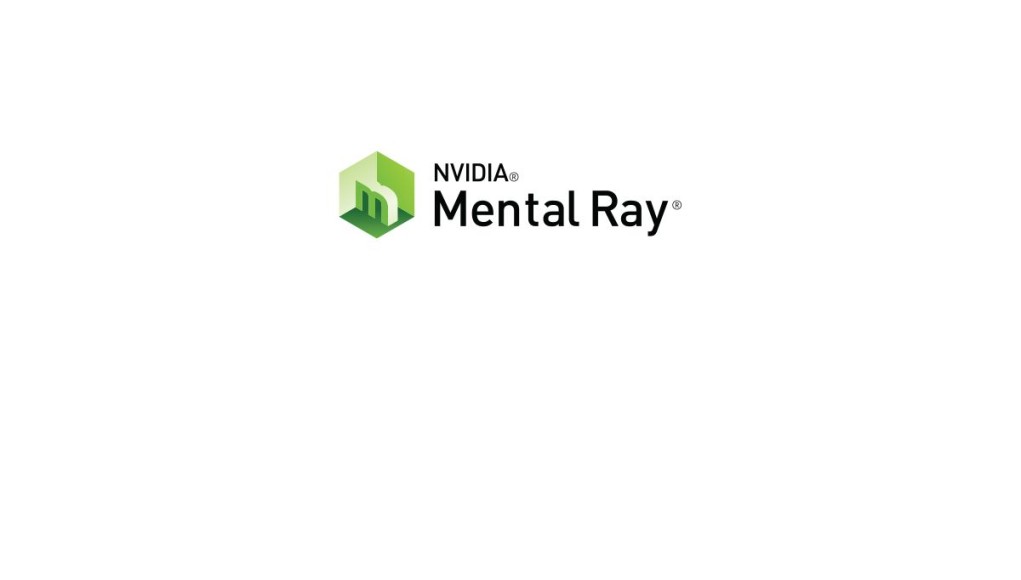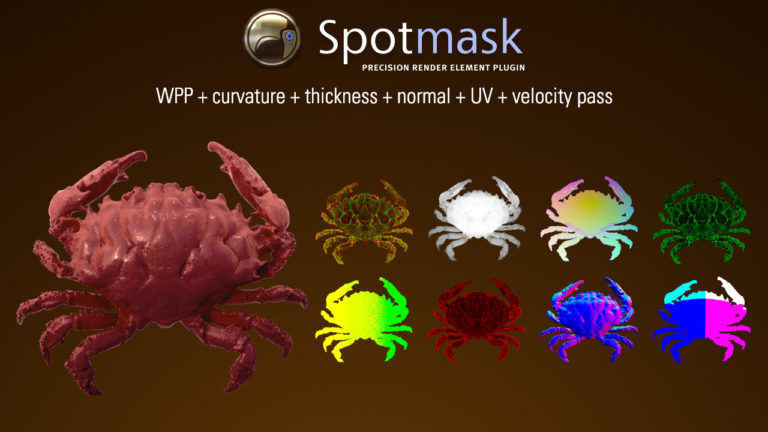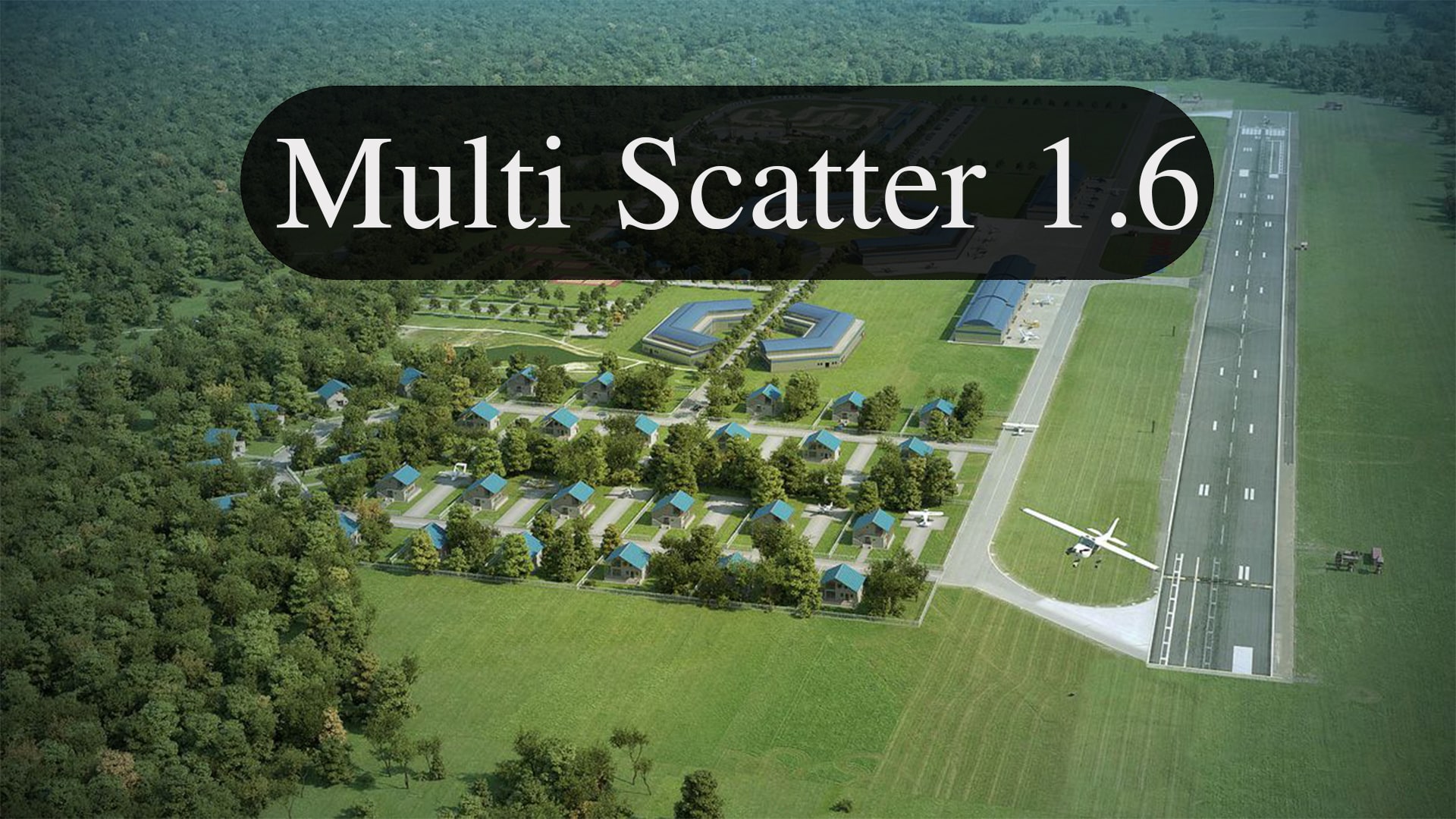

THE SOFTWARE IS PROVIDED "AS IS", WITHOUT WARRANTY OF ANY KIND, EXPRESS OR IMPLIED, INCLUDING BUT NOT LIMITED TO THE WARRANTIES OF MERCHANTABILITY, FITNESS FOR A PARTICULAR PURPOSE AND NONINFRINGEMENT. The above copyright notice and this permission notice shall be included in all copies or substantial portions of the Software. To request a quote or more information about this product or our 3ds Max training, please follow the link below.Permission is hereby granted, free of charge, to any person obtaining a copy of this software and associated documentation files (the "Software"), to deal in the Software without restriction, including without limitation the rights to use, copy, modify, merge, publish, distribute, sublicense, and/or sell copies of the Software, and to permit persons to whom the Software is furnished to do so, subject to the following conditions:

And remember the more graphics cards you have the more hardware acceleration you’ll get.įor more info, please download NVidia’s Mental Ray Data sheet. The settings are pretty much the same, but GI Next will use your Hardware. Final Gather is out and not supported for Hardware acceleration and GI Next is in. Next, we need to change are global Illumination settings. Although I have seen speed increases with the K series that’s in my laptop. Best results are with the new P series cards. This is because it uses NVidia’s CUDA technology. As you can probably imaging NVidia Mental Ray is best supported by a NVidia card.

First make sure you have selected you Graphics card at the bottom of Processing tab in the Mental Ray setup. Just a couple of things that you need to know in order for it to work. The good news is that in 2018 we now have Hardware acceleration for Mental Ray. Mental Ray is no longer shipped with 3ds Max 2018, but can be downloaded from the NVidia Website (Read about it in my previous post).


 0 kommentar(er)
0 kommentar(er)
